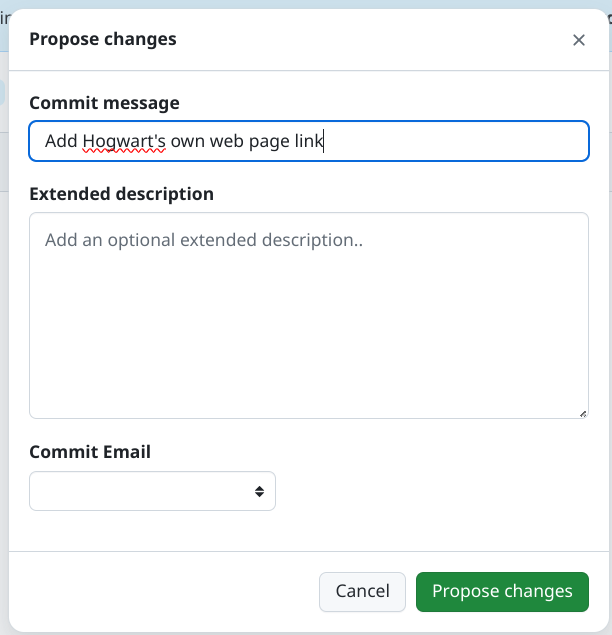Schools Ventilation Progress
Rules / Code of Conduct
See something you want to fix? Here are the rules for contributing to this repository.
- Support our mission: You should care about the fact that COVID-19 is airborne and that we can mitigate virus transmission by improving ventilation in indoor settings.
- Stay on topic: Do not introduce other agenda items. While people may have differing views on the vaccines of 2021, our focus here is on ventilation, air filtration, and CO2 monitoring for schools. Please leave vaccine discussions out of this platform. There could easily be funded efforts to defeat this larger if a group deems that all this is too expensive, or kids sick over and over with shorter lives is good somehow. They will use any technique or topic to divide us. We will assume people trying to broaden THIS effort to include a vaccine policy/stance (or any other topic) isn’t interested in ventilation or air filtration at all. Vigilance for agenda broadening is a necessary part of guarding against infiltration. Maybe take some time to vet collaborators, or get someone to vouch for them if their social-media account creation was since the start of the COVID-19 pandemic.
- Be respectful: Focus on the school ventilation aspect of this work and be courteous to each other and school officials. This applies to our online interactions, phone conversations, and in-person meetings. Read HBR’s How to Disagree with Someone More Powerful than You. Remember, school officials are under pressure too.
- Avoid overwhelming school officials: Recognize that school officials are under significant pressure. Conduct your research without adding to their burden.
- Use appropriate channels: If you have children in a school, use existing communication channels to gather information. If not, rely on online research and do not directly contact school officials.
- Cite authoritative sources: Avoid personal anecdotes like “School principal Freddie told me they would never do X or Y.” Instead, link to authoritative sources and document findings factually, e.g., “Focus group members raised the need to do X and Y on July 1st, 2024, without school agreement at that time.”
- No doxing: Do not share personal information about others without their consent. Read more about doxing here.
- Own your mistakes: Be objective, acknowledge any errors, and be ready to correct or improve your contributions.
- Be accountable: Do not use anonymity to behave inappropriately. Our goals are reasonable and legal, so use your real name if possible and always be polite.
- Seek language assistance if needed: For dual language work, such as Welsh and English, seek help if necessary.
- Use Pull Requests: Follow the GitHub workflow (explained below) to submit changes. Pull Requests are preferred over issues as they respect the maintainers’ time.
- Maintain transparency in external efforts: If you organize outside this GitHub repository, adhere to these rules (be respectful, no doxing) and link to your efforts. Be open to collaboration and cautious of infiltration by those opposing our goals.
Contributing
What is GitHub?
GitHub is a fundamental tool in software development. For us, it serves as the portal for editing and hosting the website. To edit school pages, create an account on GitHub.com and log in. Contributions are reviewed through “Pull Requests,” which are typically approved and live within minutes. Reviewers may suggest changes, which should be considered. Immediate minor edits by reviewers are also acceptable.
Learn more about why we use GitHub here.
Setting up GitHub
First, create an account on GitHub.com, using a real name or a realistic pseudonym (e.g., SamWilliams1234). Choose the ‘free’ option during setup.
Making a Change to a Page
- Find the page you want to edit and click the “Edit this page” link at the bottom.
- On GitHub, you’ll be prompted to “fork” the repository. Click the green “Fork” button.
 |
|---|
| Screenshot showing the “Fork” button on GitHub |
- Edit the page in the GitHub editor, adhering to markdown syntax and the rules listed here.
- When ready, click “Commit changes” at the top right.
 |
|---|
| Screenshot showing the “Commit changes” button on GitHub |
- Provide a concise summary of your change.
 |
|---|
| Screenshot showing the “Propose changes” button and text dialog on GitHub |
- Click the green “Propose changes” button.
- On the “Comparing changes” page, click the “Create pull request” button on the right.
- On the “Open a pull request” page, click “Create pull request” again at the bottom.
Your proposed change will then be reviewed by the team. Watch for emails regarding any discussions or further actions needed on your contribution.